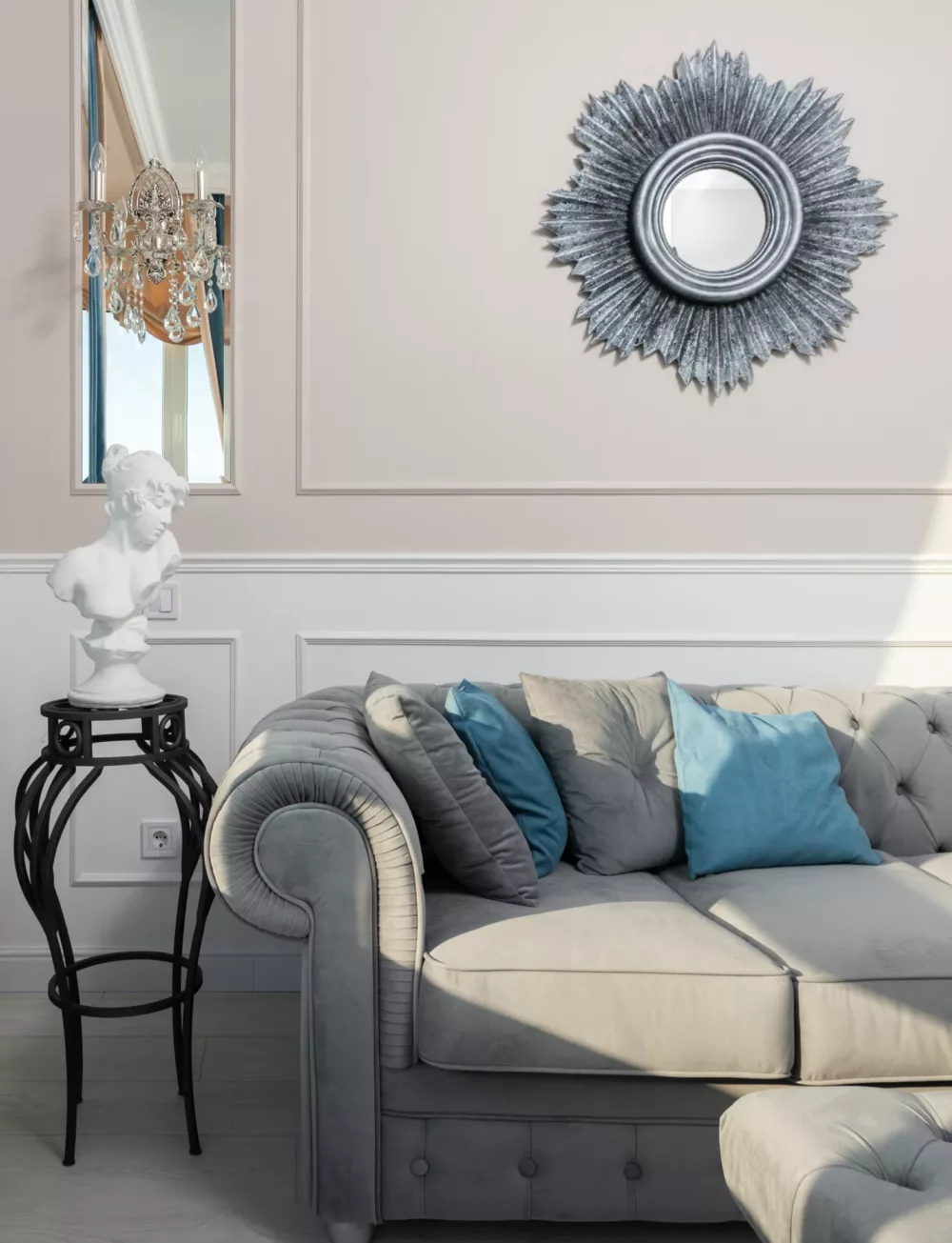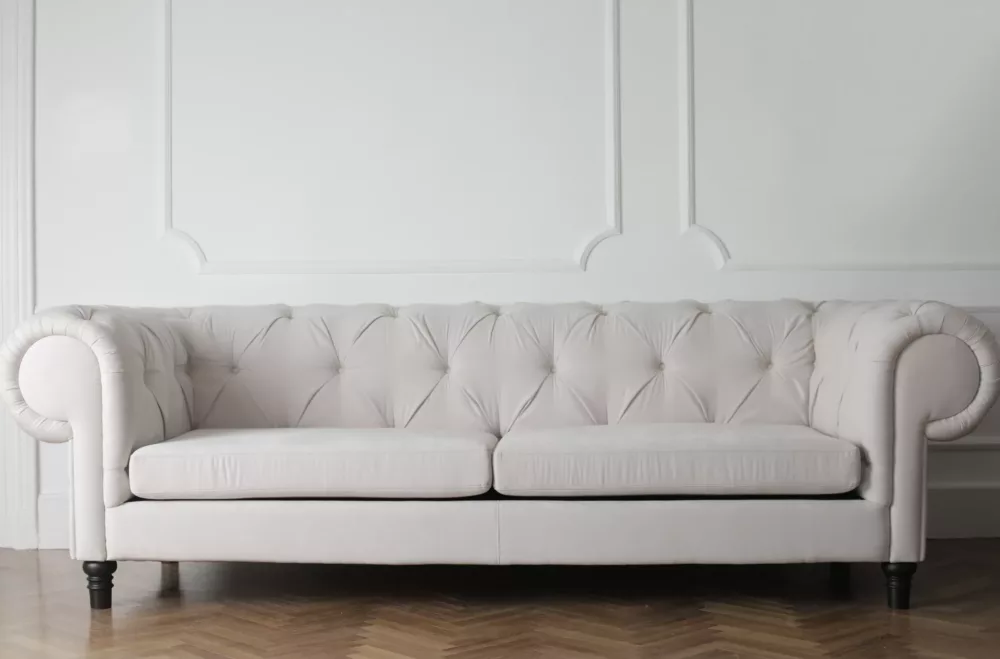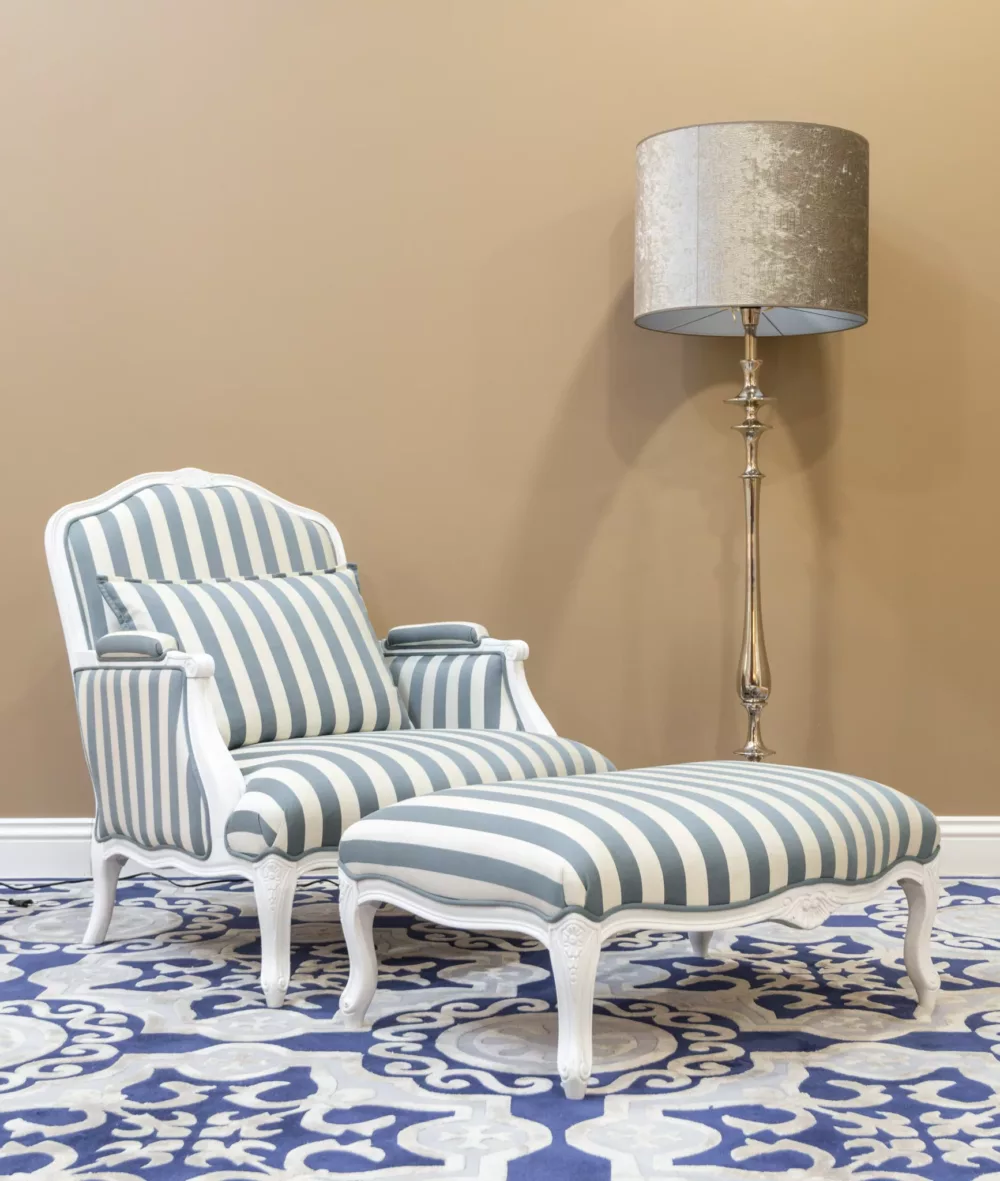In an era where sustainability is at the forefront of consumers’ collective consciousness, environmental concerns are increasingly influencing the purchasing decisions of consumers. This environmentally sensitive thinking pervades every aspect of people’s lives, including house furniture.
The selection of upholstery textiles is one area where people may have a major influence. Using eco-friendly upholstery fabrics not only minimizes the environmental impact but also improves the general well-being of our houses.

The Need for Eco-Friendly Upholstery
Traditional upholstery materials can have a high environmental cost. Polyester and nylon, for example, are generated from petrochemicals and have a substantial carbon impact. Furthermore, the production of these materials involves the discharge of toxic chemicals and pollutants into the environment.
Conventional cotton growing, on the other hand, largely relies on chemicals and water, depleting essential resources and destroying ecosystems. Leather, another popular upholstery material, is linked to ethical issues about animal welfare and environmental damage caused by tanning operations.
Given these issues, eco-friendly upholstery textiles have arisen as a responsible option that addresses both environmental and ethical concerns.

Embracing Eco-Friendly Upholstery Fabrics
1. Organic Cotton
Organic cotton is a more environmentally friendly alternative to conventional cotton. It is less harmful to the environment and supports better soil when grown without synthetic pesticides and fertilisers. Organic cotton upholstery fabrics are soft and breathable and come in a variety of textures and colours, making them an adaptable option for furniture.
2. Linen
Linen, originating from the flax plant, is one of humanity's earliest fabrics. It is a sustainable option because it requires less water and pesticides during growing. Linen upholstery textiles are highly sought after due to their inherent beauty, breathability, and durability.
3. Hemp
Hemp is a hardy and fast-growing plant that needs minimal water and no chemicals to thrive. Because of their strength and durability, hemp upholstery textiles are an ideal choice for high-traffic furniture. They are also biodegradable and recyclable, which helps to reduce waste.
4. Recycled Fabrics
Recycled upholstery fabrics, such as those created from post-consumer plastic bottles or abandoned textiles, help to reduce waste and conserve resources. These textiles are frequently long-lasting and come in a range of designs and patterns.
5. Wool
Wool upholstery materials are environmentally friendly and renewable since sheep create fresh fleece every year. Wool is biodegradable, naturally flame-resistant, and provides great insulation. It is a comfortable and environmentally friendly option for upholstered furniture.

How To Choose The Right Eco Fabric For Your Upholstery Needs
Finding the perfect eco-friendly fabric for your upholstery is a must for a sustainable and eco-friendly home. Here are some key points to consider:
- Fabrics manufactured from natural or organic materials, such as organic cotton, hemp, or bamboo, are preferable. These materials are cultivated without the use of harmful pesticides and chemicals.
- Investigate the fabric's production process. To verify that textiles are created in a sustainable manner, look for certifications such as GOTS or OEKO-TEX Standard 100.
- Avoid synthetic textiles made from petroleum, such as polyester and nylon. These textiles have a large carbon footprint and emit toxic chemicals throughout the manufacturing and disposal processes.
- Examine the fabric's resilience and lifespan. Investing in long-lasting textiles reduces the need for replacements, hence minimising waste.
Keep in mind, that some eco-friendly fabrics may need special care. Read labels and follow the recommended cleaning methods for optimal condition.
By selecting eco-friendly fabrics for your upholstery, you create a healthier living environment and contribute to a greener future. Make an informed decision and embrace eco-consciousness in your home furnishings. Every small step is a step towards a greener world!
Tips For Maintaining And Caring For Eco Upholstery Fabrics
Maintaining eco-friendly upholstery is key to ensuring its longevity and sustainability. Follow these tips to keep your green furnishings in top shape:
- Avoid sunlight: UV rays can fade colours over time. Put furniture away from windows or use curtains/blinds to filter out UV radiation.
- Vacuum regularly: Dust and dirt can make fabrics look dull and cause damage. Use a soft brush attachment on your vacuum cleaner.
- Spot clean spills: Address spills immediately to prevent stains. Blot with a clean cloth/paper towel, avoid rubbing/scrubbing.
- Get professional cleaning: Regular maintenance is necessary, but periodic professional cleaning can revive fabrics. Look for certified green services that use eco-friendly products/methods.
Eco-friendly upholstery materials are a responsible and fashionable solution to update your living spaces. By using sustainable materials, you may decrease your environmental impact, enhance indoor air quality, and promote ethical textile practices.
Whether you're thinking of a full furniture makeover or just a few accents, embracing eco-friendly upholstery is a step towards a more sustainable and pleasant home. Let home furnishings reflect the dedication to a greener and more eco-conscious future as people continue to prioritize sustainability.

















Leave a Reply